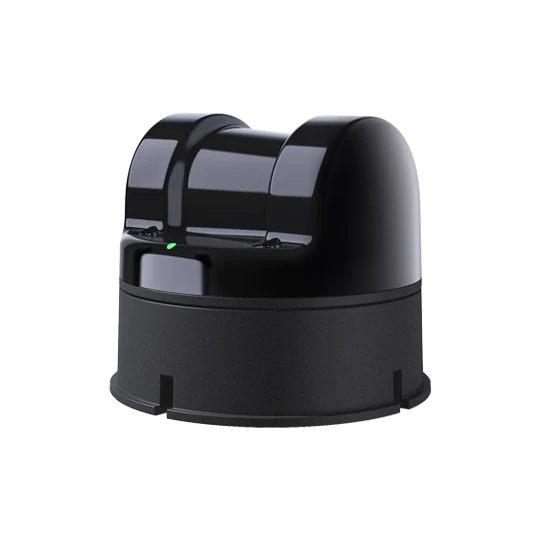
Z1 Unitree robot arm
October 8, 2023
Deep Robotics Lite3 Basic robot dog
October 14, 2023LiDAR 4D L1 Unitree
350$
Price does not include shipping and duty charges.
In order to accelerate high-performance mobile robots into public life goals. Unitree Robotics has released the latest bionic 4D Lidar L1 to accelerate the mobile intelligence era. Take technological innovation as the cornerstone to optimize and improve process and cost. The L1 has omnidirectional ultra-wide-angle scanning capability, minimal blind spot, and stable operation for an infinite number of scenes.
Characteristics:
Scanning distance:
L1 PM (precise measurement): 20 m (reflection coefficient at 90%) / 10 m (reflection coefficient at 10%)
L1 RM (remote sensing): 30 m (@90% reflection) / 15 m (@10% reflection)
Field of view: 360° × 90
Measuring accuracy: ±2.0 cm
Adjacent blind spot: 0.05 m
Sampling rate: 43,200 dots/s.
Effective frequency: 21600 dots/s
Circular scanning frequency: 11 Hz
Vertical scanning frequency: 180 Hz
Communication interface: TTL UART
IMU: 3-axis acceleration + 3-axis gyroscope
Eye safety level: Class 1 (IEC60825-1:2014)
4D data: 3D position + 1D in grayscale
Anti-reflectivity: >100 Klux
Power consumption: 6 W
Dimensions: 75×75×65 mm
Weight: 230g
Use: indoor and outdoor
Technology: laser TOF (Time of Flight)
Industry’s first omnidirectional ultra-wide-angle ultra-wide-angle bionic 4D laser radar
In order to accelerate high-performance mobile robots into public life goals. Unitree Robotics has released the latest bionic 4D Lidar L1 to accelerate the mobile intelligence era. Take technological innovation as the cornerstone to optimize and improve process and cost. The L1 has omnidirectional ultra-wide-angle scanning capability, minimal blind spot, and stable operation for an infinite number of scenes.




